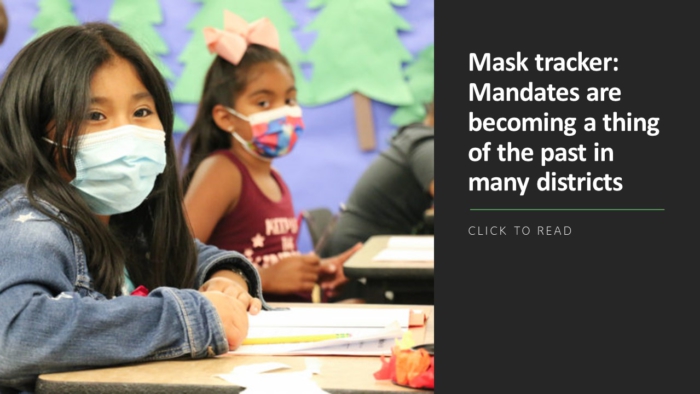Schools won’t fall over the fiscal cliff this year but forecasters believe major economic shocks lie ahead for K-12, even if the county doesn’t slide into recession.
Right now, school district leaders are experiencing the positive economic shock of a surplus of COVID relief funds.
But the financial outlook will begin to dim in 2023-2024 as administrators feel the full impacts of inflation, enrollment declines, and the pandemic-fueled hiring that occurred in many districts, says Marguerite Roza, a research professor and director of the Edunomics Lab at Georgetown University.
“It does look pretty bleak ahead,” Roza said in a web briefing Thursday, during which she used the phrase “bloodletting” to describe the financial difficulties some districts may soon experience.
K-12 now faces four major economic shocks over the next several years:
- ESSER funding ends abruptly in September 2024.
- Growing enrollment declines, with Northern states potentially hit the hardest.
- Inflation combined with a tight labor market and new school hiring over the last few years.
- A nationwide recession or economic slowdown will sap state revenues and cause a drop in education funding.
Despite reports warning of a substantial amount of unused ESSER funds, Roza said it’s unlikely that districts will not be able to spend all of the money. “There are signs indicating that spending is picking up with a vengeance this year,” she said.
The districts most at risk of more severe financial distress are those that used ESSER funds to create recurring financial commitments—such as by hiring new staff—and those that backfilled budget shortfalls, Roza says.
More from DA: Do the pros of banning cellphones in school outweigh the cons?
Most public schools, just like employers throughout the workforce, are also failing to raise salaries to keep up with inflation. Still, the salary increases districts are giving could lead to an “ESSER hangover” in which administrators must figure out how to meet these recurring financial commitments even as state revenues decrease.
When it comes to enrollment, the deepest declines are most likely occurring in districts that stayed remote the longest during the heights of the pandemic. Long closures drove some parents to pull kids from public schools and switch to homeschooling, enroll in private schools, or find other education alternatives.
More generally, dropping birth rates mean schools in part of the country will feel intensifying enrollment pressures—and the resulting state funding cuts—well into the foreseeable future. “Whether you think the economy is fully going into the red and it’s a recession or it’s just slower growth than there has been, it does appear we have some sort of economic slowdown that will affect state revenues,” Roza says.
Ultimately, it’s likely in the 2024-25 school year that “things get pretty ugly” as districts feel the full force of these multiple economic shocks, which could begin to ease the following year, Roza said. “We’re calling it the bloodletting,” she said.



